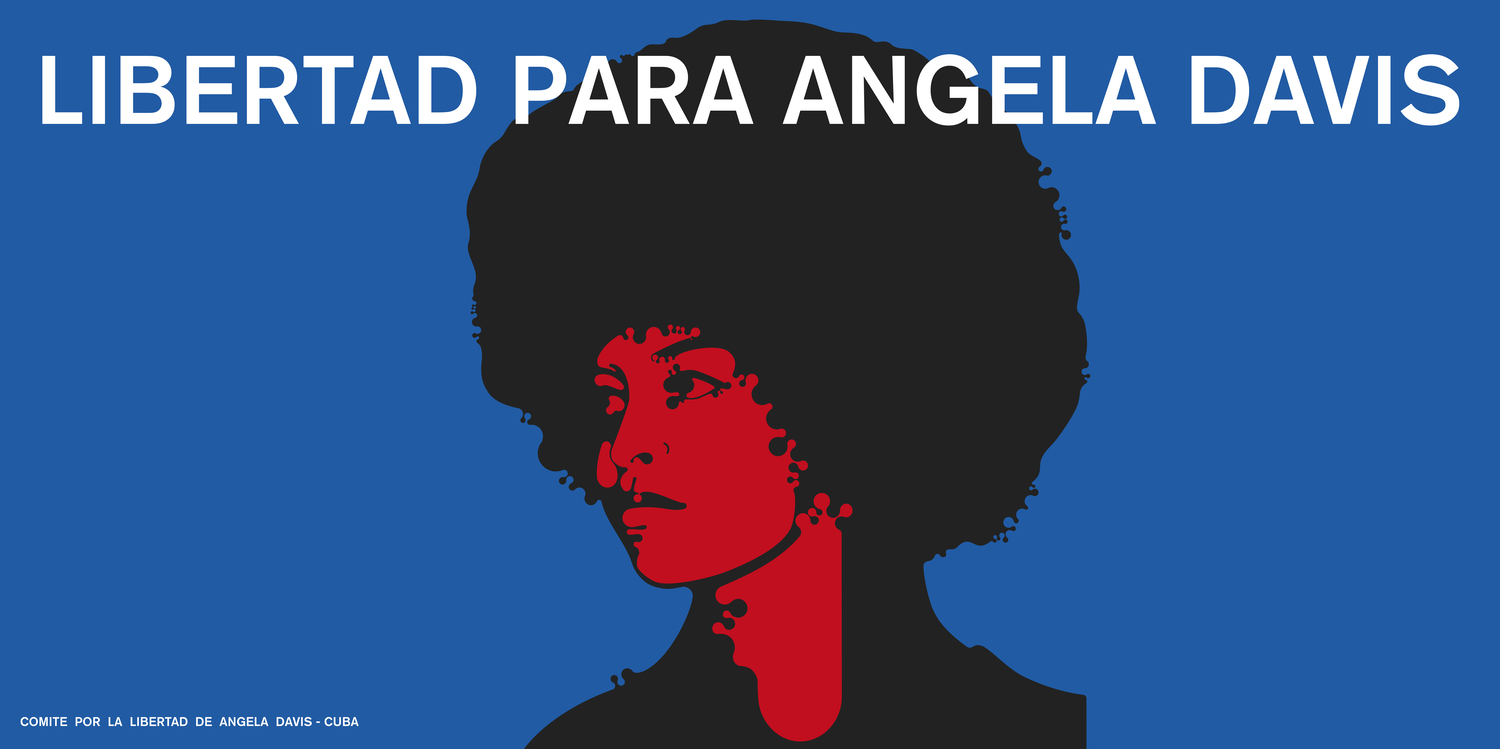
The most universal Latin American graphic illustrator
Félix Beltrán (1938-2022) was one the most popular graphic designers in his native Cuba following Castro’s revolution
On Dec. 18, 2022, Félix Beltrán, an emblematic figure of graphic design in Latin America and the world, passed away in Mexico. Born in Havana, Cuba in 1938, Beltrán studied graphic design at the School of Visual Arts and the American Art School, both in New York. In the 1960s, he returned to the island to teach graphic design at leading institutes on the island, until he went into self-exile in Mexico in the 1980s because of what he considered "the failure of socialism."
"Beltrán always understood that design must be critical and that it must have the intention of enduring in a world like today's, where everything is quickly forgotten," said Gabriel Martínez, co-editor of the book Félix Beltrán Visual Intelligence, and curator of the recently opened exhibition dedicated to the Mexican-Cuban designer at the art center of the Complutense University of Madrid (c arte c).
Considered the father of the Cuban poster, his work is part of permanent exhibitions in countries such as France, Denmark, Chile, Russia and the United States. One of the iconic works of his career is the poster about Angela Davis, which led the massive demonstrations that took place in 1971 in the United States to demand the release of this well-known African-American activist.
"Beltrán was a designer of great social commitment," remarked Martínez, curator of the exhibition, which brings together more than a hundred posters, logos, designs and book covers. Through his innovative work, he embraced causes and movements, demanded freedom, commitment and changes in attitudes.
"His mother said he was a Swiss born by mistake in the Caribbean, because of his methodical character, the presence of geometries and strong, flat colors, although some Che Guevara posters used photography as a base. He was very innovative," said Spanish designer Manuel Estrada, executive president of the Ibero-American Design Biennial, at a recent conference at Casa America Madrid.

A an example of his innovative and 'dissident' spirit, Estrada mentioned his famous Clik poster, a poster he made on behalf of the Cuban communist government to promote electricity saving in a Cuba that at the time did not have many resources, despite the support of the Soviet Union.
In the poster the word "Clik" appears in the center, in small yellow type in the middle of a huge blue expanse. Those in charge of the Cuban Communist Party told him "you have to make it much bigger," to which Felix responded. "If I make it bigger, it won't say 'clik,' it will say cataclack or something like that."
He managed to convince them of his vision.
RELATED CONTENT
According to Estrada, it was a full-fledged graphic provocation. And to the surprise of the communist leadership, the poster became a symbol, they even made T-shirts with the famous 'clik' stamped on them.
"He didn't go to Miami, as most Cubans did, because he was still a socialist," said Estrada. In Mexico, Beltrán developed an important academic and professional career in the field of corporate design.
The new Madrid exhibition also highlights his series Consejos (Tips), a series of advices addressed not only to those who aspire to dedicate themselves to the world of graphic design, but also to those who simply want to know the motivations behind his work
"A word says more than a thousand images," says tip number 22. Others: "Whoever dreams of being a graphic designer should first wake up and keep his eyes open," "The function of design is to influence to inform or persuade," "Look for the practical and social sense (there is no such thing as apolitical in design)," "The designer is a kind of telegrapher (he always has a message to send)," and "All design makes sense if it starts from the truth."
A member of the American Institute of Graphic Arts and the Type Directors Club of New York, Beltrán was once asked about the future of posters. His response was:
"Throughout its history, the poster has been characterized by a distinctive feature: persuasion. It has faced the increasing emergence of many media, which reflect the existence of countless influences. One of the richest periods of this graphic genre was the decade of the twenties, when the poster in Central Europe had immense ascendancy over other media and, as a result of its properties and simplicity, constituted almost a scandal in the streets, an art exhibition for all passersby. In recent years, as in no other period of history, new media have developed as a result of the accelerated increase in communications, as well as of the need for expansion in order to reach the farthest corners of the world. In the face of this challenge, the poster is struggling to survive and occupy interior spaces. It will also attempt to make greater use of special effects, taking advantage of the various possibilities and options the printing processes offer."











LEAVE A COMMENT: